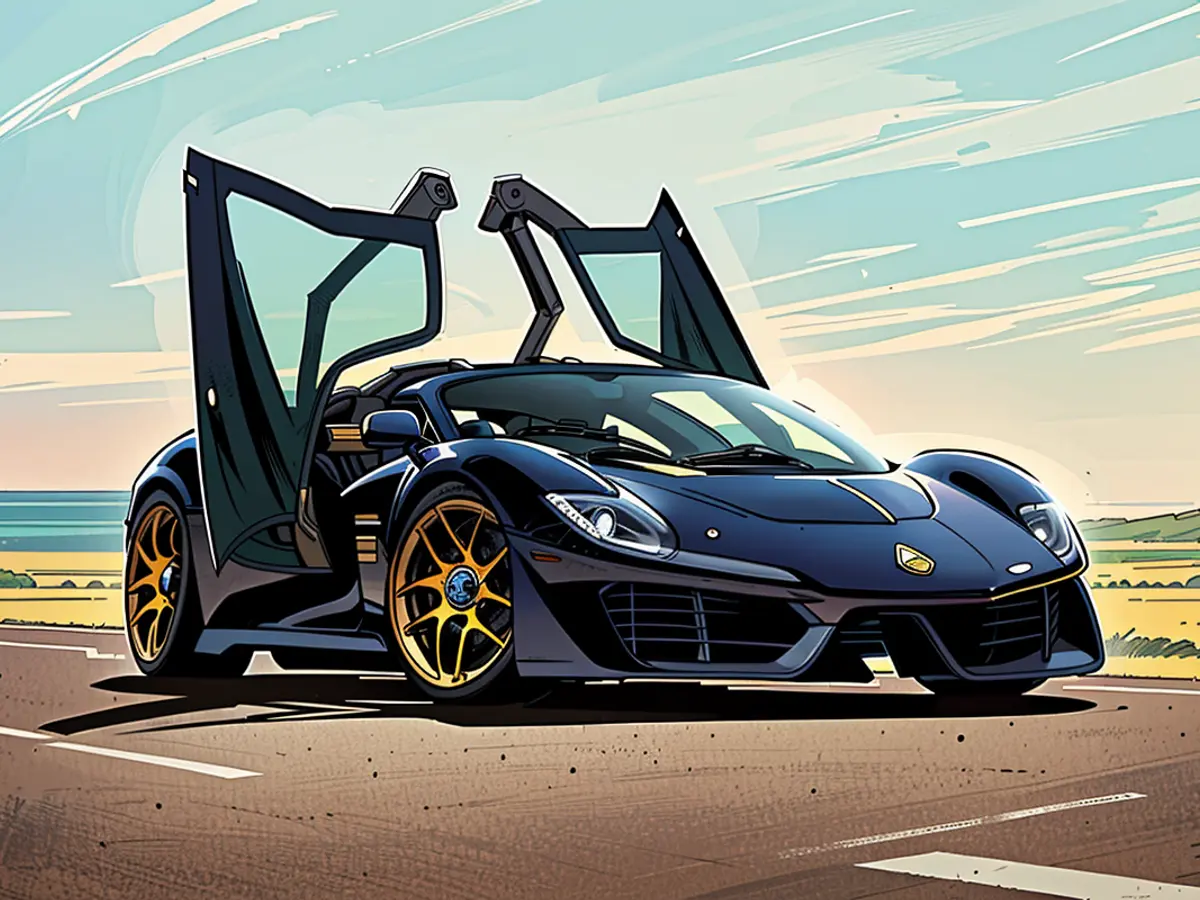Transforming the Lotus Theory Concept into Real-World Implementation
Lotus is laying out its future with the Theory 1, hinting at an exciting few years ahead. After the initial test drive, it's clear that the brand's future won't be dull. Electrification is a given, but how will their upcoming models stand out from the competition? The Theory 1 offers a variety of answers, focusing on delivering a genuine, unadulterated driving experience. There's no room for distractions from large, car-width screens or data overload. Instead, the focus is on the basics, displaying essential information where it's most effective. And that means saying goodbye to the excessive use of more than 100 different materials in vehicles. Instead, the Theory 1 uses a more limited selection, such as recycled carbon fibers, titanium, recycled glass, etc.
Comfort in speed
Carbon fiber is used extensively in the chassis, body, and interior. A material developed with a Berlin startup is used for the seat cushions and small, racing-style steering wheel. These cushions can be inflated or deflated quickly, offering comfort in fast curves or, in a future concept, as a tactile warning for excessive speed or lane departure. This was a welcome change in the test drive, instead of the constant beeping or chirping in many current vehicles.
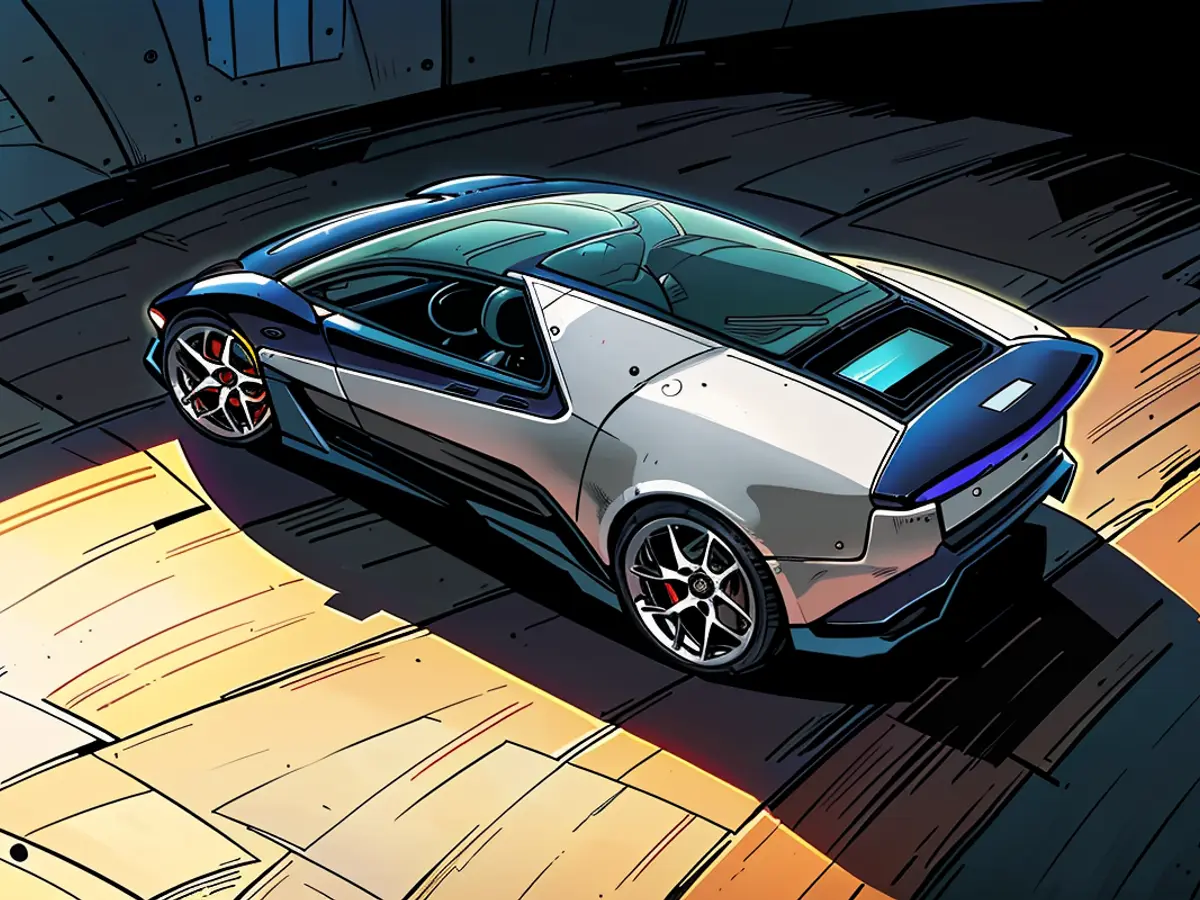
The driver sits centrally in the Theory 1, right between the two wing doors that open and close with a thrilling dance, saving space in tight parking garages. The low-slung windshield and clear view of the suspension provide a wide perspective. Passengers find ample room with specially tailored sound from the KEF audio system, seated slightly offset to the rear. A laser light band runs along the interior at shoulder height, displaying the charge status or turn signal function, among other things.
The small 2D display in the steering wheel and the head-up display aim to minimize distractions for the driver while providing necessary information. Laser light and OLED technology are also used externally, providing slender laser light strips at the front and an interactive lighting band on the sides that responds to touch and displays various vehicle status indicators.
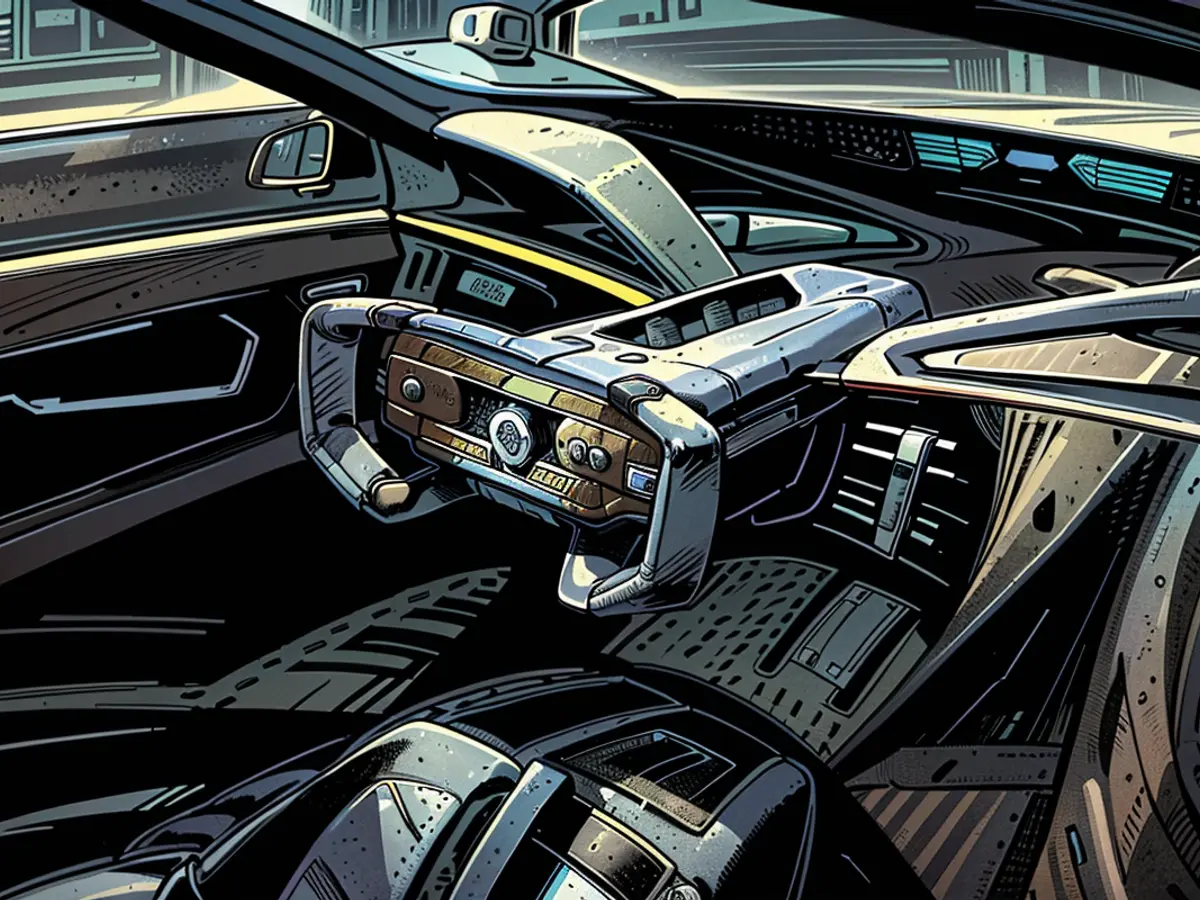
Aerodynamic excellence
The Theory 1 is designed to perform and do it well. The aerodynamically advanced front and rear sections, including the active rear spoiler, show that high performance is the goal. The 1.14-meter height and gently curved roof contour contribute to this. Following the lead of the Lotus 49 Formula 1 racer, the motor and battery unit is designed as a load-bearing element, taking on forces directly from the suspension. This simplifies the design and reduces weight, eliminating the need for a subframe. The rear wing is also mounted on the motor and suspension assembly, ensuring that downforce acts directly on the tires.
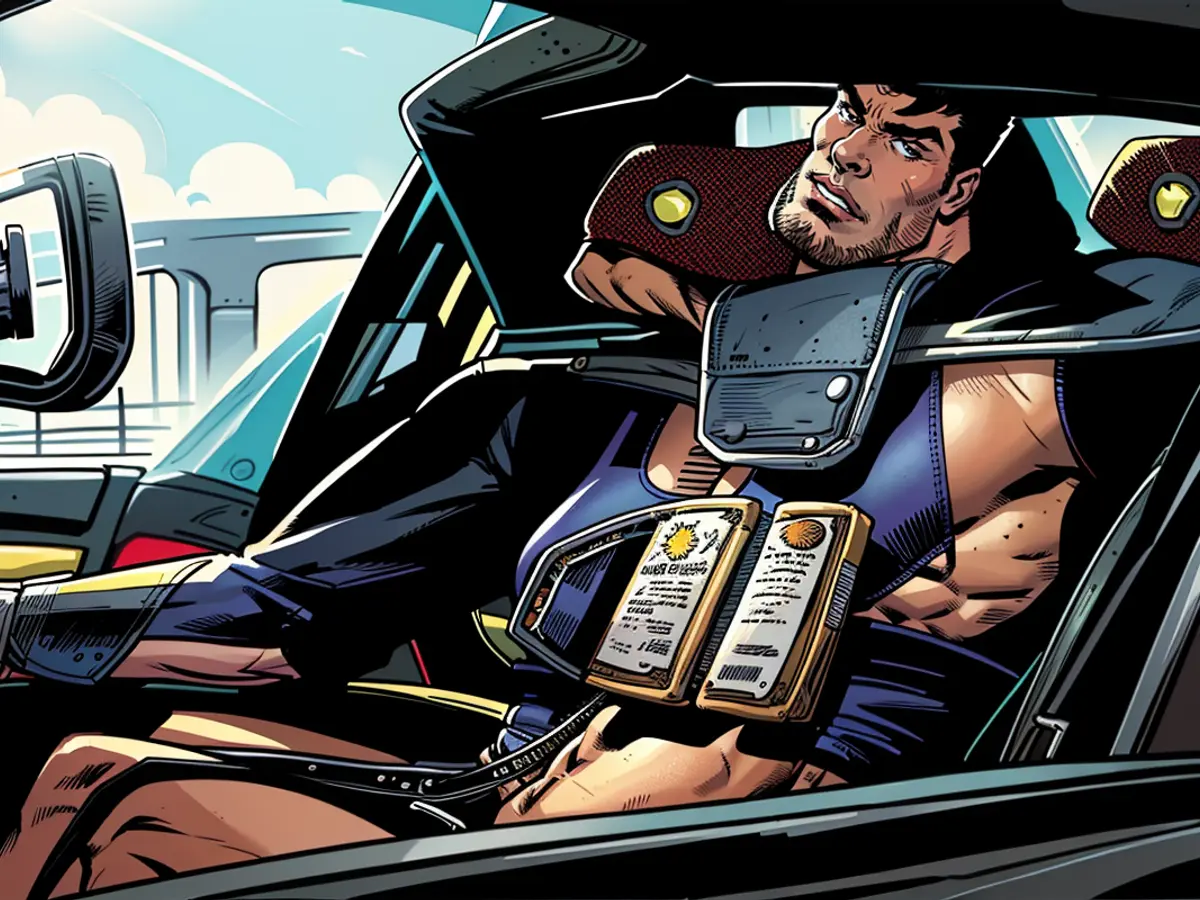
The Theory 1 is autonomous-driving capable at Level 4, thanks to four LiDAR sensors, six HD cameras, and a combination of millimeter-wave radars and ultrasonic radars providing a 360-degree sensing range. The vehicle can detect obstacles within a 200-meter radius, even in poor weather conditions.
Fast, but daily-drive friendly
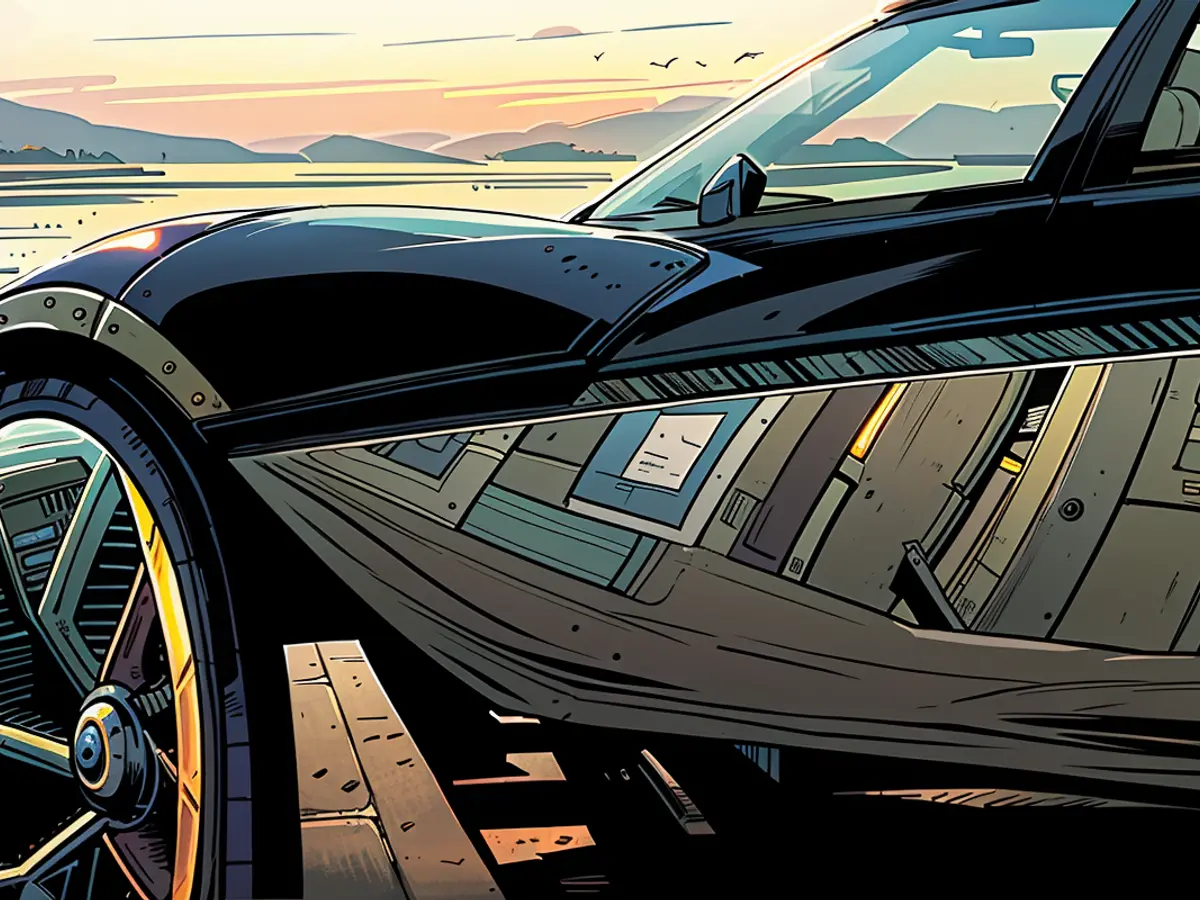
The Lotus Theory 1 study is not designed as a hypercar, but rather as a fast vehicle suitable for daily use, catering to enthusiasts who appreciate dynamic driving. The target weight of "under 1600 kg" is paired with a 1000 PS electric motor in the rear, capable of accelerating the Theory 1 from 0 to 100 km/h in less than 2.5 seconds and reaching a top speed of 320 km/h. The 70 kWh battery pack offers a range of around 400 kilometers. The study features drive modes such as Range, Tour, Sport, Individual, and Track, and is equipped with Pirelli P-Zero Elect tires in sizes 20 and 21 inches.
After the unveiling of the Theory 1, there are currently no plans for series production, according to Lotus. Instead, the study serves as a collection of innovative ideas, a platform for driver-focused technology that enhances driving enjoyment and safety. It also showcases potential new materials that could help reduce the environmental impact of future cars. Lotus is confident that many innovations from the study have the potential to appear in future Lotus models, either in their current form or in a similar manner.
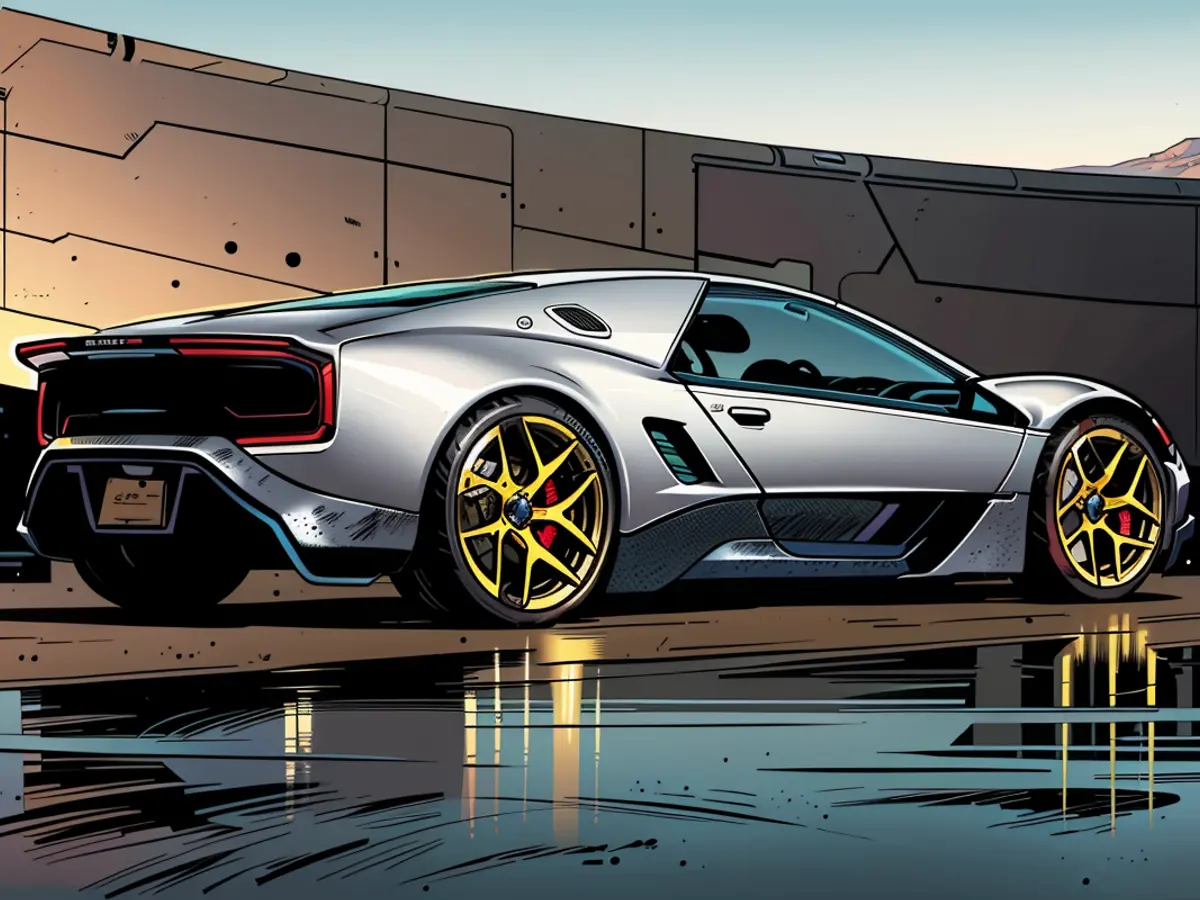
Other luxury car brands may struggle to keep up with Lotus' innovative use of materials, such as recycled carbon fibers, titanium, and recycled glass.
Other car manufacturers might find it challenging to match the Theory 1's focus on minimalistic design, avoiding the excessive use of more than 100 different materials.
